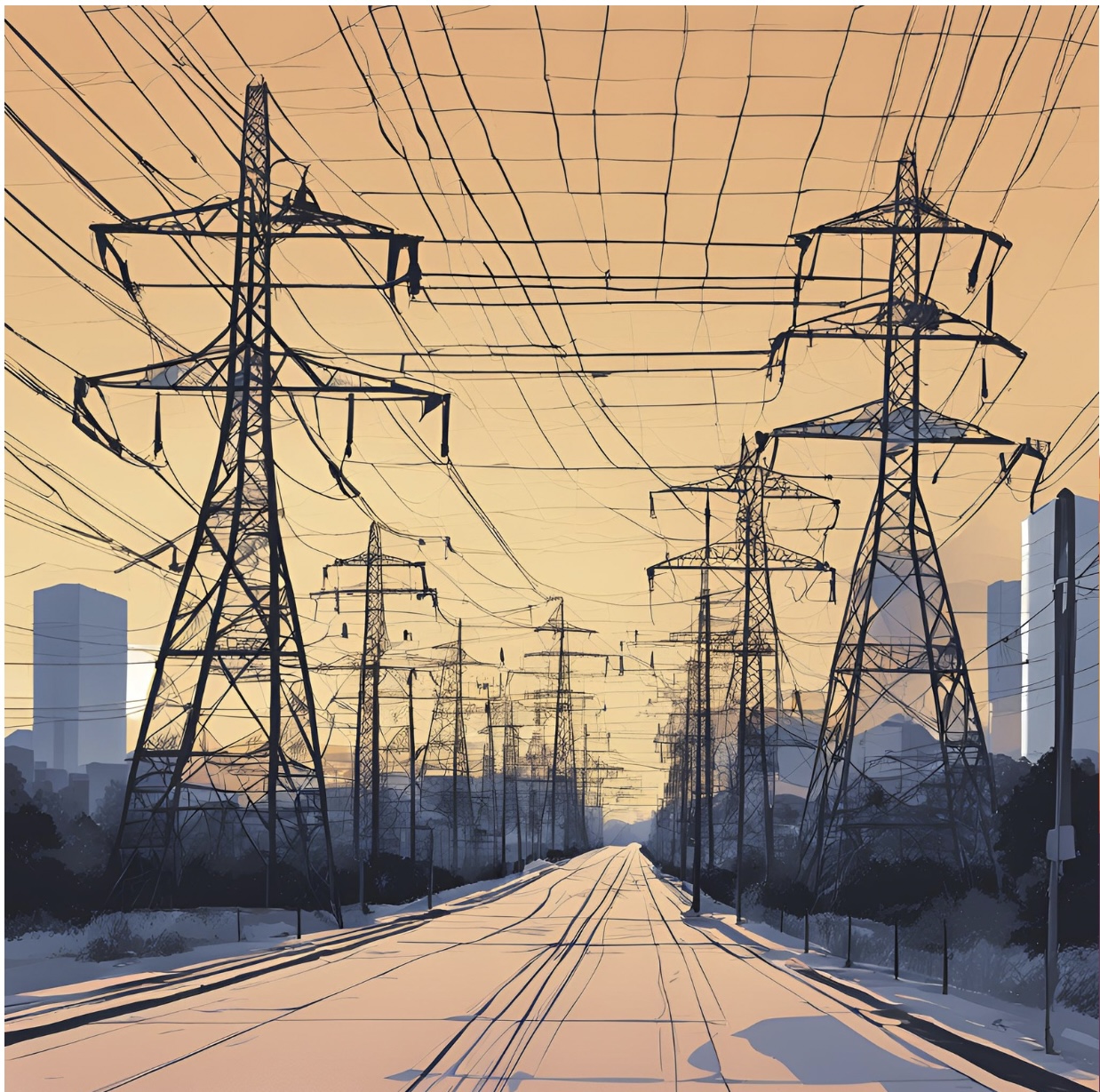Nigeria’s national grid has collapsed again, plunging the country into darkness. The latest grid failure occurred on Tuesday, November 5, 2024.
This is one in a series of collapses that have plagued the country’s power supply in recent times. On October 29, 2024, the grid also experienced a major collapse, leaving millions without power.
The national grid has been struggling with instability for months. Power generation has remained low, contributing to frequent blackouts.
National Grid partial disturbance
At 1:52 pm on Tuesday, the national grid faced another partial disturbance. The Transmission Company of Nigeria (TCN) confirmed the incident.
The disruption was caused by a series of generator and line tripping. A source told Medialord.ng that these tripping led to instability in the grid, triggering the blackout.
By 2:35 pm, hourly generation data revealed no power generation. No megawatts was being produced by any of the power generation companies, he added.
The power outage left Nigerians frustrated as multiple regions faced blackouts. Authorities said TCN engineers were working to restore the bulk power supply.
Restoration efforts underway
By 2:49 pm, power was partially restored to the capital, Abuja. But efforts to restore electricity to other parts of the country were reportedly ongoing at the time of this report.
TCN spokesperson Ndidi Mbah apologized for the inconvenience caused. She reassured the public that restoration work was in progress.
Government’s response to Nigeria’s National Grid collapse
The Nigerian government has promised a permanent solution to the recurring national grid collapses. Government had previously vowed to improve the power sector after multiple grid failures in October. Despite these promises, frequent blackouts continue to plague the nation.
Over the past decade, the Nigerian government, has allocated substantial funds to improve the country’s power sector.
For example, in 2020, N213 billion ($460 million) was allocated or various power-related projects. This included infrastructure upgrades and maintenance. In the 2022 Budget, the government allocated N110 billion ($239 million) for the power sector.
During the early months of President Bola Tinubu’s tenure, he pledged to prioritize improving power generation, distribution, and access. The 2023 Appropriation Act allocated significant funding of N200 billion ($434 million) for power infrastructure improvement. This had particular focuse on the National Integrated Power Project (NIPP), grid expansion, and renewable energy projects.
The Nigerian National Petroleum Corporation (NNPC) and other parastatals under Tinubu have also committed to funding power projects. Authorities often claim the aim remains boosting off-grid power solutions. They also focus on alternative energy sources like solar power.
Public concerns and criticism
Many citizens are questioning why these collapses continue despite the government’s promises. The impact of the outages on businesses has been severe.
Energy experts have called for urgent reforms in the power sector. They argue that without long-term solutions, grid failures will continue to disrupt the country.
Improving infrastructure, investing in renewable energy, and addressing technical inefficiencies are key areas for reform.

Leave feedback about this